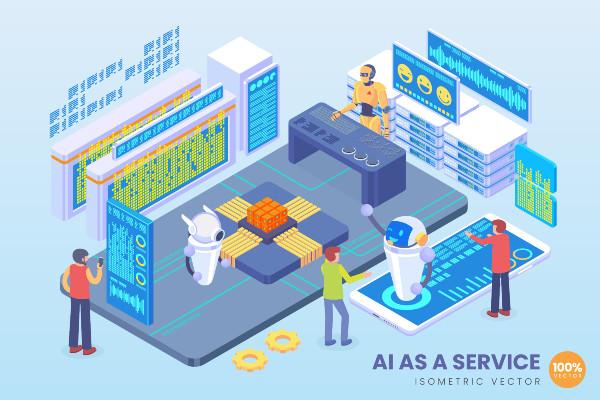How Does it Work? The Brains Behind the Grid
Artificial Intelligence Imagine a complex electrical network constantly humming with activity. An AI-driven smart grid acts as the intelligent conductor, analyzing vast amounts of data in real-time. This data comes from various sources:
- Smart meters: These devices monitor individual energy consumption patterns, providing insights into user behavior and demand fluctuations.
- Sensors: Deployed throughout the grid, sensors track power line conditions, weather patterns, and equipment health.
- Renewable energy sources: Solar panels, wind turbines, and other renewable sources provide real-time data on energy generation.
Artificial Intelligence algorithms ingest this data and perform several critical functions:
- Demand forecasting: AI predicts future energy demand based on historical data, weather forecasts, and user behavior patterns. This allows utilities to proactively adjust power generation and distribution to meet peak demands.
- Self-healing capabilities: By analyzing sensor data, AI can identify potential grid issues like equipment failures or power outages. The system then initiates corrective actions, such as rerouting power flow or activating backup systems, minimizing downtime and disruptions.
- Integration of renewables: AI optimizes the integration of variable renewable energy sources like solar and wind. By predicting energy generation and managing storage solutions, AI ensures a stable and reliable power supply despite the intermittent nature of renewables.
Building the Intelligent Grid: Essential Components
Creating an AI-driven smart grid necessitates a robust infrastructure encompassing several key components:
- Advanced metering infrastructure (AMI): This network of smart meters captures detailed energy consumption data from individual users, enabling better demand forecasting and personalized energy management.
- Communication network: A secure and reliable communication network is crucial for real-time data exchange between grid components, sensors, and AI systems. This network could utilize technologies like fiber optics or cellular connectivity.
- Data analytics platform: This platform houses the AI algorithms that process and analyze the collected data, generating insights and recommendations for optimizing grid operations.
- Cybersecurity measures: As the grid becomes more reliant on data, robust cybersecurity measures are essential to protect against cyberattacks that could disrupt grid operations.
Testing the Grid: Ensuring Reliability and Security
Before deploying an AI-driven smart grid, rigorous testing is paramount. Here’s what a comprehensive testing regime might involve:
- Unit testing: This ensures individual components of the system, like sensors and AI algorithms, function as intended.
- Integration testing: This verifies seamless data exchange and interaction between different components of the smart grid.
- Cybersecurity testing: This identifies and addresses vulnerabilities in the system to ensure it is resistant to cyberattacks.
- Field testing: Real-world pilot projects allow testing and refining the AI algorithms in a controlled environment before full-scale deployment.
The Future of Energy: Where AI Takes Us
The potential applications of AI-driven smart grids are vast. Here are two exciting possibilities:
- Demand response programs: AI can empower consumers to actively participate in managing energy demand. By providing real-time data on energy usage and incentives, consumers can adjust their consumption during peak hours, alleviating strain on the grid and potentially reducing their energy bills. A successful example of this is OhmConnect: https://www.ohmconnect.com/, a company that leverages AI to incentivize consumers to reduce energy usage during peak demand periods in California.
- Prosumer participation: The rise of rooftop solar panels and other distributed energy resources creates “prosumers” – consumers who not only consume but also generate electricity. AI can optimize the integration of these prosumers into the grid, allowing them to sell excess energy back to the grid and contributing to a more decentralized and sustainable energy system. A company like sonnen: [invalid URL removed] in Germany provides smart home battery systems integrated with AI to optimize self-consumption of solar energy and grid interaction for homeowners.

The A.I. Dialogues: Dissecting the Prowess of ChatGPT Login
82 / 100 The A.I. Dialogues: Dissecting the Prowess of ChatGPT Login Navigating the rapidly evolving landscape of Artificial Intelligence (AI) can be as exciting

AI-Based tool to replace jobs
86 / 100 Embracing the AI Revolution: A New Era of Job Replacement and Opportunities As artificial intelligence (AI) continues to advance at an unprecedented


